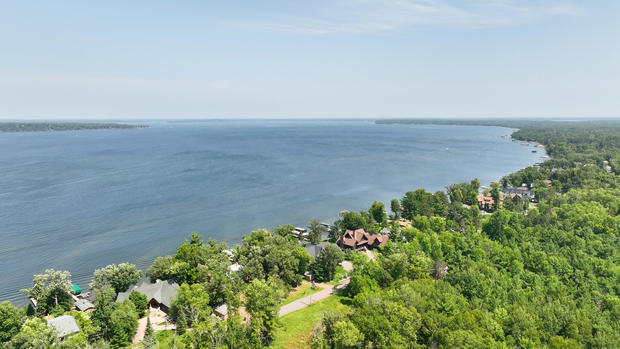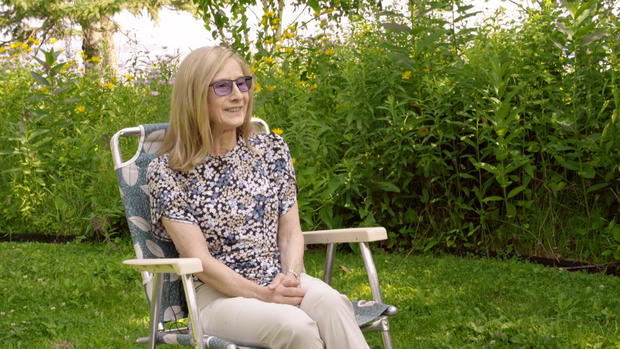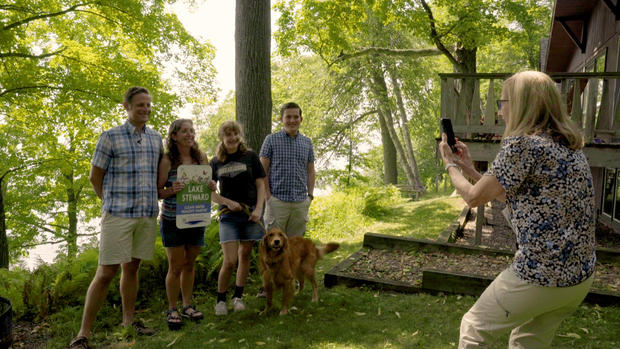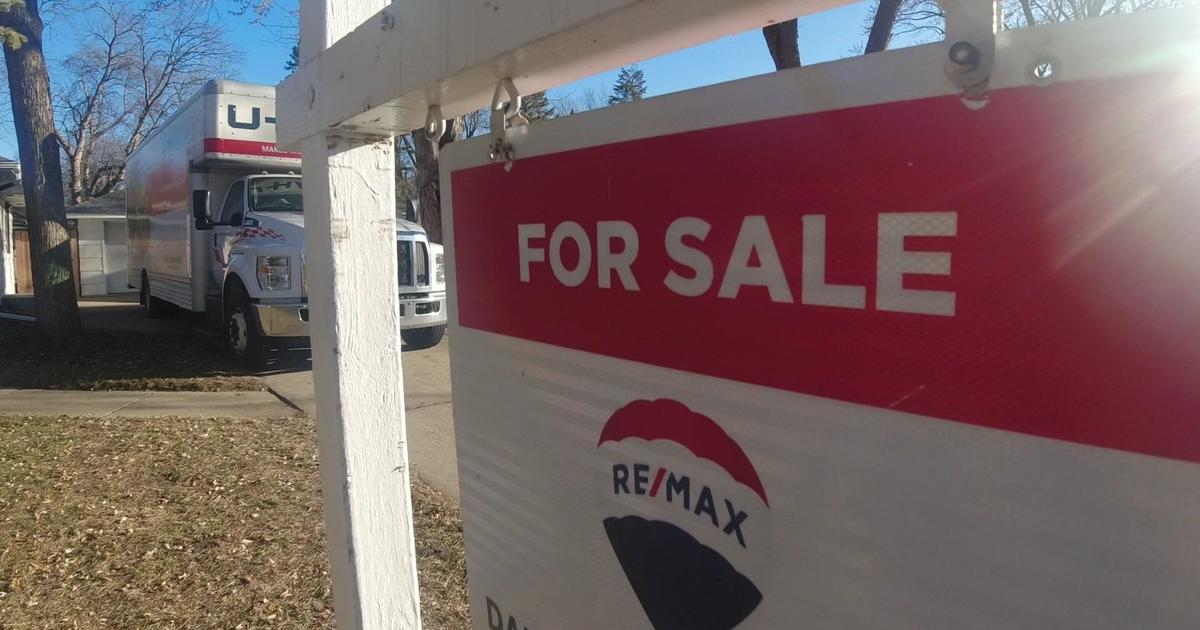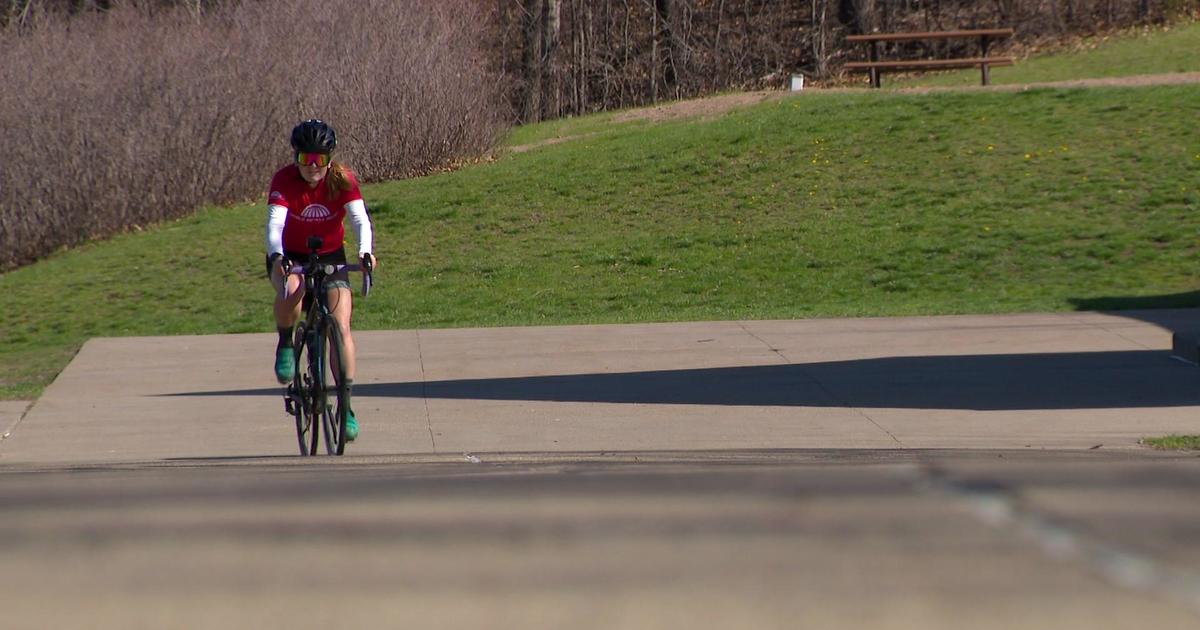State of Water: How suburban home aesthetics are scarring Minnesota shorelines
GULL LAKE, Minn. — If it's summertime, you are sure to find many Minnesotans at some of our state's 12,000 lakes.
But for years experts have warned that many of our habits are scarring these precious parts of summer.
Researchers will soon release new findings that show nearly 50% of Minnesota's natural shorelines have vanished. In their place are perfectly manicured lawns, manufactured beaches, and foliage covered in pesticides. Now, as lake water turns murky and wildlife starts to disappear, many lake property owners find themselves questioning their own impact on the shore.
"What's causing that is some homeowners are bringing their 'lawn down the lake' philosophy or their suburban view of what is a beautiful property and bringing it up north, or bringing it to their lake and changing the character of that shoreline," explained Paul Randomski, a lake ecologist with the DNR who has been studying the degradation of shorelines for 37 years.
"There's consequences of that kind of aesthetic," he added.
The DNR says a mowed shoreline allows up to nine times more pollutants to run off than a natural one. Harmful chemicals such as phosphorus and nitrogen easily bleed into the water. Such chemicals increase weed growth and reduce water clarity.
"And that's a really challenging pollution to get your fingers around and address, because it doesn't come at the end of a pipe. It comes from land. You know, it's broadly distributed near the lake shore and up in the lake's watershed. So it's a really challenging problem to address," Randomski said.
MORE: PFAS in Minnesota: How "forever chemicals" changed the state of water
A mowed shoreline is estimated to produce 1/5 lbs of phosphorus per summer, which can result in 100 lbs of algae in the water. In contrast, a natural shoreline with proper vegetation cuts down on phosphorus and algae by 85%.
Not only does the stripping of shores allow pollutants to accumulate, it also fragments it, making it vulnerable to extreme weather and increased erosion. That can cause property and wildlife to slowly disappear.
Alongside the state, nonprofits have been working to educate and usher homeowners into a more sustainable culture of landscaping. For many years, groups like Minnesota Lakes and Rivers Association have helped start and support lake associations across the state, arming them with educational resources in hopes of uniting property owners' efforts to protect the water.
"This is a role where lake associations are uniquely positioned, right, because they're the neighbors. And they're on site and they can start to support this change, this cultural change, this change in imagination, in a way that government can't really do it," said Jeff Forester, executive director of the Minnesota Lakes and Rivers Advocates.
Lake associations can be an avenue for change - which is exactly what's happening on the shores of Gull Lake. One woman is encouraging others to make a difference to their properties.
Dorothy Whitmer had, for a long time, been an active member of a lake association. But in 2016, she received an email with a quiz that allowed her to rate the stewardship of her family's Lake Michigan property.
"I thought, I could rate my shoreline. I have a perfect yard with fertilizer and pesticides, and I'm going to ace this quiz. And 35 questions later I had a score that was pitiful, and I was just so disappointed, and I thought, 'now what?'" Whitmer said.
She was so impressed by the quiz, she said it inspired her to do something to protect the lake.
After years of researching and writing, Whitmer and the Gull Chain of Lakes Association developed their own version of the "score your shore" quiz, containing four easy questions. They sent out the first quiz on Memorial Day weekend of 2019 to over 600 members.
"And I really wanted people to respond, but I thought if we just get a handful of answers, we'll be okay. And so I waited three days and finally I peaked and we had 103 responses to this quiz, and it was so thrilling," she said.
MORE: A look at what's happened since Line 3 started operating in northern Minnesota
Soon after, Whitmer and the other members of GCOLA began the official lake steward program and started awarding those who scored well on the quiz. They celebrate owners with high scores by gifting them a sign that displays their participation in the program.
"We congratulate them on what they've done well. And then we I set up a time to go photograph. We get their dogs — one person had a rabbit and we assemble the family and we give them the award and it's just a thrilling time," she said.
The sign acts as a trophy for the work the property owners do to keep their own piece of the lake natural. Many recipients don them at the end of their docks or proudly display them amongst lush shorelines. For some it's a small act of rebellion against problematic suburban aesthetics, helping challenge the perception of what some might see as an unkempt lawn.
The sign also encourages neighbors to start asking questions, which spreads the philosophy of keeping a natural shoreline.
When quiz participants score poorly, Dorothy and her team provide resources and offer to work with property owners on their shorelines. They share suggestions that would help them properly restore their land while reaching the title of lake steward.
The program is working. The group has received 500 responses to the quiz over four years. They have 94 lake steward award winners restoring 3.3 miles of undeveloped natural shoreline on Gull Lake. The association and the DNR believe they have prevented approximately 1.5 tons of algae from entering the water since the program's inception.
While the accomplishments are impressive, experts say we still have a to go in protecting our lake quality. In fact, researchers from the DNR believe that to achieve a reasonably protected shoreline - nearly 75% must be restored to its natural state.
It's a heavy lift for lake associations, including Gull, as just 30% is currently undeveloped.
"I really do feel we have to make it happen here. We've got everything going for us. And the message is so simple, do less, save money. So I really want to make it happen here," Whitmer said.
So how do you restore your shore? The Lake Steward program provides an easy five step list to help you get started.
1. Create a buffer zone.
Stop mowing your lawn down to the lake and create what's known as a buffer zone. It's an area from the waterline up towards the property that allows native grasses, trees, shrubs, and flowers to flourish in their wild state. The native plants not only stabilize and strengthen the shores, but they act as a barrier to harmful chemical runoff. A recommended buffer zone extends 25 feet from a shoreline.
2. Maintain septic systems
Minnesota Lakes and Rivers Advocates suggests scheduling septic system maintenance every 1 to 3 years. It is important to catch any malfunctions or leaks before they can make their way into the water.
3. Reduce impervious surfaces
Hards surfaces such as concrete, patios, and walking paths prevent rainwater from soaking into the land and heightens the risk of carrying a variety of harmful chemicals through runoff into the lake. Consider alternatives such as pavers or stepping stones.
4. Dispose of pet and fire pit waste
Pet waste also carries harmful nutrients and pathogens that can create toxic water conditions if they are not disposed of correctly. The ash from firepits is equally dangerous to lakeshores as it contains prominent levels of phosphorus. Keep firepits behind the buffer zone or at least 25 feet from the water's edge.
5. Allow fallen trees to remain
If they do not get in the way of navigation, fallen trees create important habitats for the lake's ecosystem. The turtles, frogs, birds, and fish will thank you.
